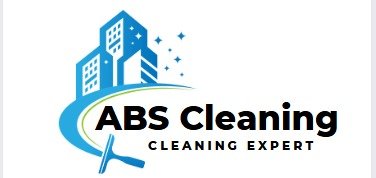Glass cleaning is an essential aspect of maintaining the aesthetic and functional quality of buildings, vehicles, furniture, and appliances. Clean, streak-free glass not only improves visibility and natural light but also reflects cleanliness and professionalism in residential, commercial, and industrial settings.
Importance of Glass Cleaning
Over time, glass surfaces accumulate dust, fingerprints, smudges, water spots, and pollution residues. If left uncleaned, these impurities can etch the glass, reduce its transparency, and deteriorate its quality. In homes, clean windows improve the appearance of rooms and allow more sunlight in, positively affecting mood and energy efficiency. In commercial buildings, spotless glass is crucial for creating a positive first impression on visitors and clients. For vehicles, clean windshields and windows ensure better visibility and safer driving.
Tools and Materials
Effective glass cleaning requires specific tools and materials:
Glass Cleaner Solution: Commercial glass cleaners typically contain alcohol or ammonia, which help dissolve grime and evaporate quickly to prevent streaking. Alternatively, vinegar and water solutions can be used as eco-friendly options.
Microfiber Cloths: These are ideal for glass cleaning due to their lint-free nature and high absorbency.
Squeegees: Often used for large glass surfaces, squeegees help in evenly spreading the cleaner and removing it without leaving streaks.
Scrapers or Blades: For removing dried paint, tape, or hard residues from glass.
Buckets, Spray Bottles, and Gloves: Useful for preparation, application, and protection.
Cleaning Techniques
A standard glass cleaning process involves the following steps:
Dust Removal: Wipe the surface gently to remove loose dust using a dry microfiber cloth.
Application of Cleaner: Spray the glass cleaner evenly across the surface. For homemade solutions, a mix of equal parts water and vinegar works effectively.
Wiping: Use a microfiber cloth to wipe the glass in a circular motion, followed by vertical or horizontal strokes for a streak-free finish.
Drying: If needed, use a dry section of the cloth or a clean squeegee to remove excess moisture and ensure clarity.
For exterior glass or high-rise buildings, professional cleaning services use water-fed pole systems, aerial lifts, or rope access techniques, depending on the complexity of the structure.
Safety and Frequency
When cleaning glass, safety is crucial, especially for elevated or difficult-to-reach areas. Use of stable ladders, safety harnesses, and proper protective equipment is essential to avoid accidents. Glass surfaces should ideally be cleaned every 1–2 weeks indoors, and every 1–3 months outdoors, depending on exposure to dirt and environmental conditions.
Eco-Friendly Practices
Environmentally conscious glass cleaning includes using biodegradable cleaners, reusable microfiber cloths, and avoiding harsh chemicals. This not only protects the glass surface but also contributes to sustainability.
Conclusion
Glass cleaning, though often overlooked, plays a vital role in maintaining hygiene, safety, and visual appeal. Whether done at home or through professional services, using the right tools, techniques, and eco-friendly solutions ensures spotless, long-lasting glass surfaces that enhance both function and appearance.
